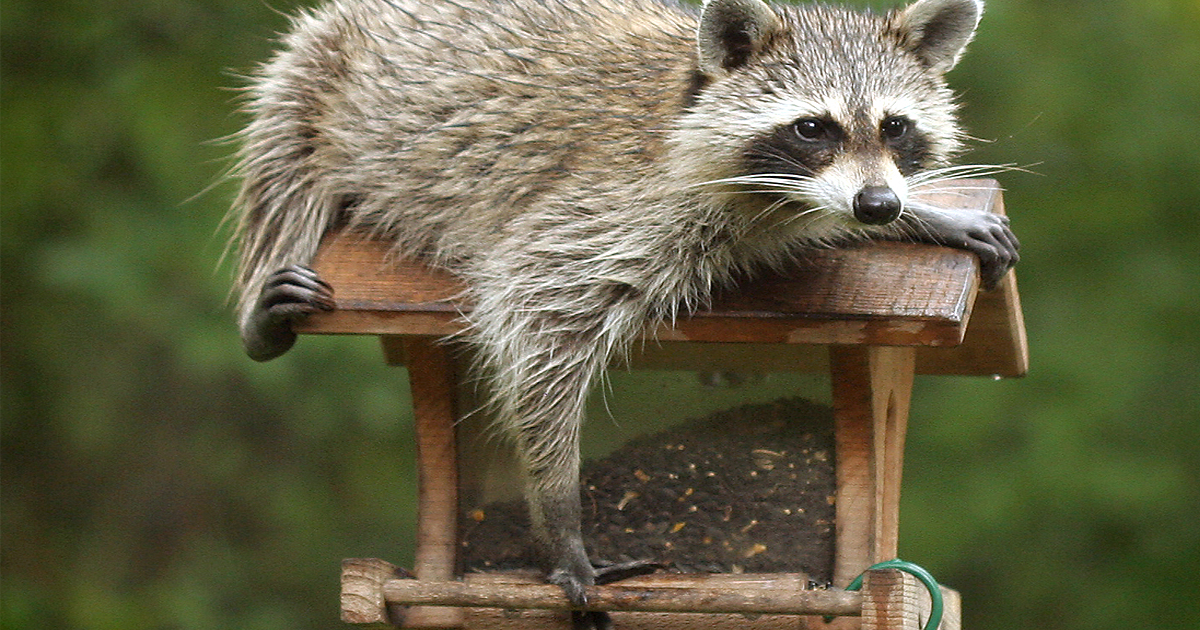Controlling Winter Pests
January 23, 2021
Controlling Unwanted Winter Pests
We all know rats, mice, opossum, raccoons and other critters live among us. But, when those rodents and mammals are cold and hungry, they often chew their way into bags of feed or cause other issues in the shed, garage, or stable. That’s when it’s time to evict. The trick is to send those pests packing without harming your kids, other animals or adding too much work to your already busy day.
Remove Food and Water Sources
Start by removing any potential food and water from the area. If that isn’t an option, enclose loose-grain feed or birdseed into large, airtight metal containers.
Remove Parameter Clutter
Rats and mice love neatly stacked cords of wood, compost piles, and other debris. When you reduce their living options, you minimize the chances they’ll stay at your critter hotel. Removing clutter can also involve using good trashcans, or simply moving your cans away from your home, garage, shed, or other structure.
Cover Openings
Let’s be honest, it’s darn near impossible to seal up a drafty shed, stable or working garage. But you can make it harder for critters to enter. Just look for entry points along the base of your foundation or near the ground. If your structure is raised like a deck, try adding galvanized or copper mesh along the bottom and backfill with soil.
Get a Cat (or Dog)
Adopting a cat and allowing it to hunt for vermin is a great way to reduce rat and mouse populations. Some dogs are great mousers too, including breeds like the Jack Russell Terrier. Or invite owls and other birds of prey onto your property by building safe landing and hunting perches. For bigger and scarier critters such as raccoons or opossum, just let your dog chase them away.
Using Traps and Poison
Infestations can be frustrating, and most of us turn to traps and other methods quickly. It’s understandable. But with pets, kids, and other animals running around it’s important to be careful and choose the trap that best fits your needs.
Cages or Funnels: You can catch large rats and other critters in a cage or funnel without killing them. Then, you can release them elsewhere. With these traps, the animal enters the cage, gets the bait, and the door closes. With a funnel trap, the rat, mouse, raccoon or other critter enters the cage through a funnel and cannot get back out once inside.
Glue Traps: These non-poisonous traps catch rats and mice as they walk across them. The rodent will die on the trap, but will often not harm larger critters permanently.
Rat Traps (spring-loaded): These have a wooden, plastic or metal base and a spring-loaded metal arm. Just put a small amount of food on the plate and arm the trap.
Bait Boxes: These traps can be non-lethal if you get to the trap soon after they are caught. Or simply leave mice and rats to die in the trap.
Electric Traps: Rats and mice enter the trap and trigger a sensor in the metal floor. The rodent is then electrocuted. These traps are not safe if you have a cat or small dog.
Rodenticide: Be careful with any poison you leave out for rats as other animals can often get into the poison. It’s best to put rodenticide (wax blocks, pellets or granules) into a small area where only rats and mice can reach it, or up high out of reach of children and dogs.
Do not expect overnight results. Today’s rat poisons take a few days to work. Be sure to read the label of any poison before you buy it. Most brands will use bromadiolone, bradifacoum, difenacoum, or flocoumafen. Do not purchase poison using warfarin as rats quickly develop a tolerance for it. If you need to use a poison and you have kids, look for brands that use bitrex. It is unpalatable to humans, which can often detour children from eating it.
Coastal Has Your Pest Control
From traps to poisons, you’ll find plenty of pest control methods at your Northwest Owned and operated Coasta. We can even share our own locally-minded advice for evicting your unwanted winter guests.
Coastal Tips for Trapping
Warning! Dogs and cats can die or become very ill by eating a rat or mouse that has ingested a poison. Therefore, be sure to find and dispose of dead rats and mice as quickly as possible.
Avoid touching your pets before setting traps. Rodents can smell your dog or cat and will likely stay away from the trap.
Rodents prefer to run along walls for protection. Place traps and cages 10 to 20 feet apart along those same walls for best results.
Rats are smart creatures and can quickly work around rattraps. To fool them, place food on spring-loaded rattraps without arming the trap for a few days. Once they get used to the food, arm the trap.
